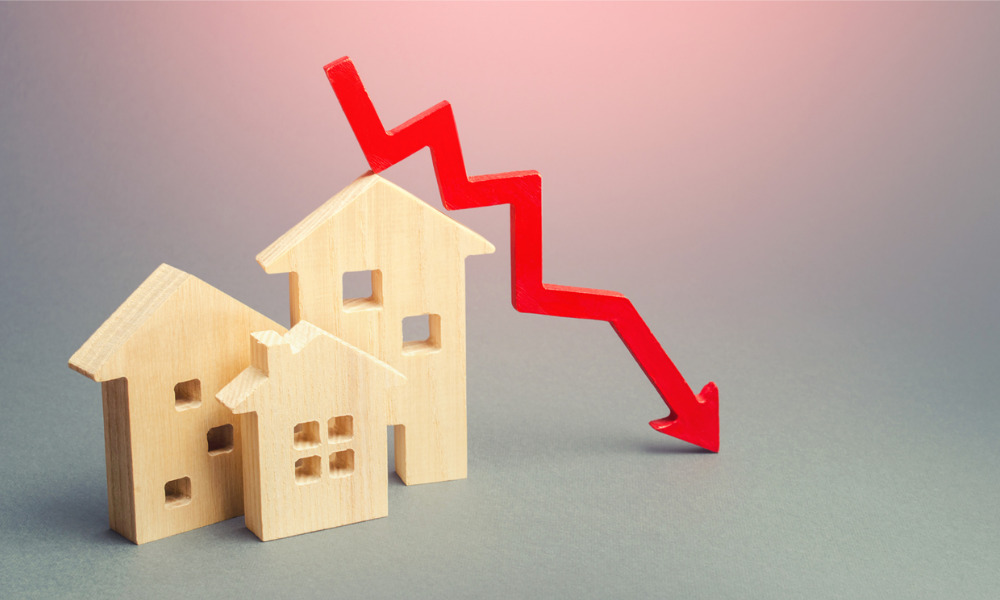"The month's data illustrates just how interest rate-dependent the originations market has become"

The US mortgage market continued to experience production problems as its total lock volumes slumped to a three-month low in June, data from Black Knight’s Originations Market Monitor report revealed.
“This continues to be a challenging environment for mortgage originators,” said Scott Happ, president of Optimal Blue, a division of Black Knight. “Rate lock activity was down for the third consecutive month in June, with declines seen across all loan purpose types.”
According to the report, total lock volumes fell 11% month over month. Purchase mortgages, which accounted for 82% of all lock activity, plunged 10.8% by volume from the previous month and are now down almost 15.6% from a year ago. Both rate/term and cash-out refinances were also down by 9.1% and 13%, respectively.
“However, when we look at purchase lock counts to exclude the impact of soaring home values on volume, we see the number of purchase mortgages is off some 21% from last year’s levels,” Happ noted.
Government-backed loans gained market share in June as FHA and VA lock activity continued to increase at the expense of agency volumes. This trend was likely reflected in the further drop in the average loan amount – down from $359,000 to $351,000. The average borrower credit score in June was 723, with scores on cash-out refis nosediving to 693, the lowest point Optimal Blue has recorded since it started tracking the metric in 2013.
Read more: Thirty-year mortgage rate posts largest weekly decline since 2008
“The month’s data illustrates just how interest rate-dependent the originations market has become,” Happ said. “With 30-year rates hovering below 6% – still historically low – we’ve seen the rate/term refi market dwindle to next to nothing, with increasing downward pressure on cash-out activity. Purchase volumes are driving 82% of all origination activity, and those volumes are on the decline as well – in the heart of the traditional homebuying season.
“Eventually, equilibrium will return; but, as of June, the market seems to be having trouble adjusting to a rate environment anywhere above the historically low levels reached during the pandemic,” he added.



